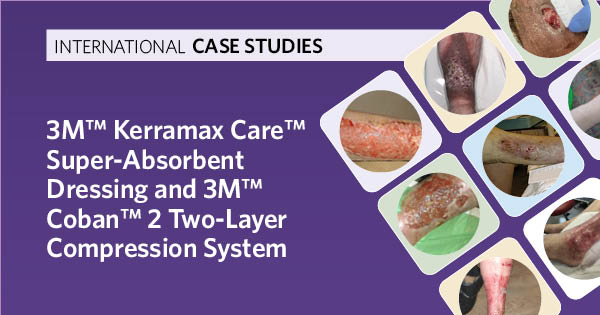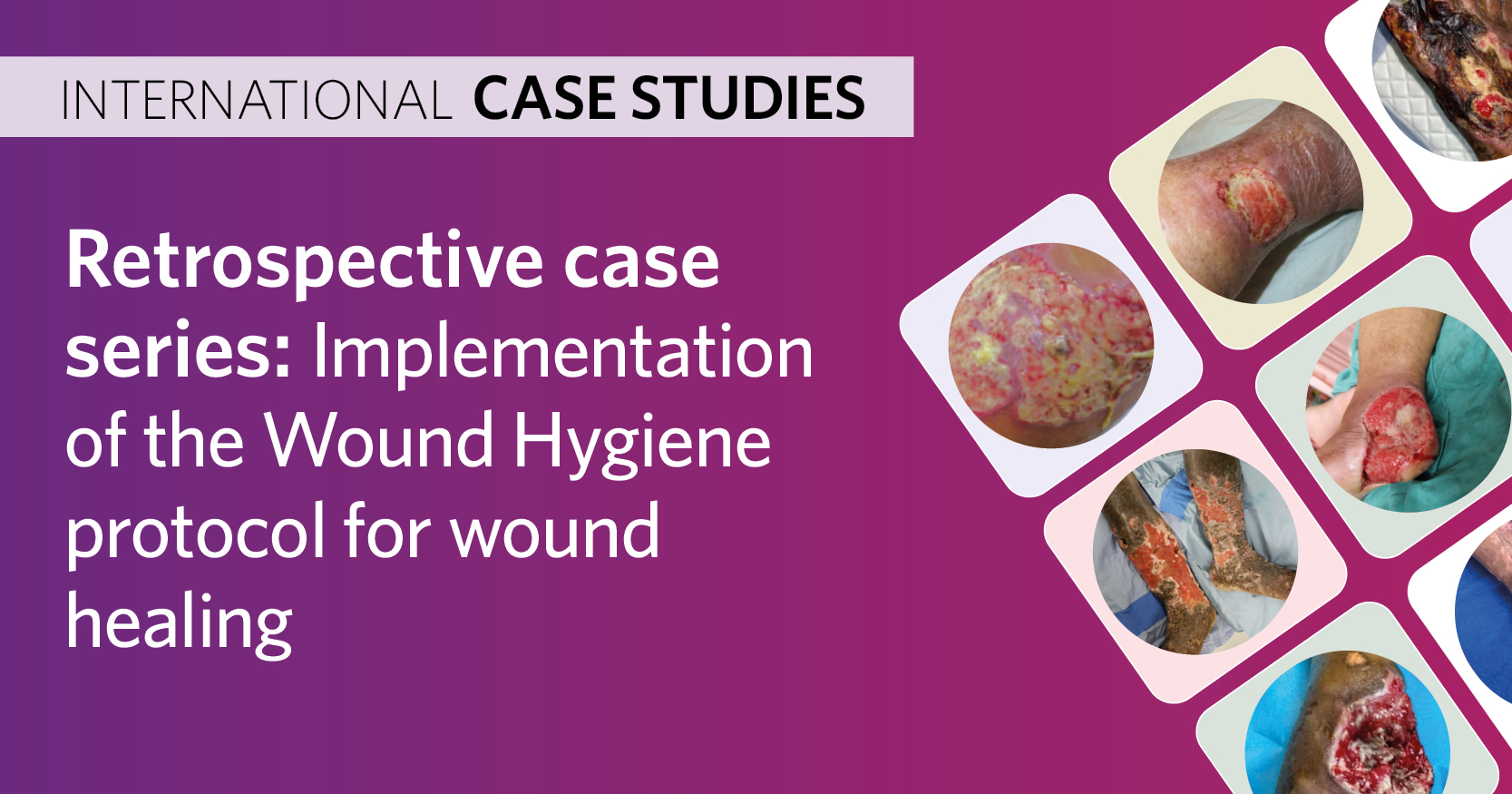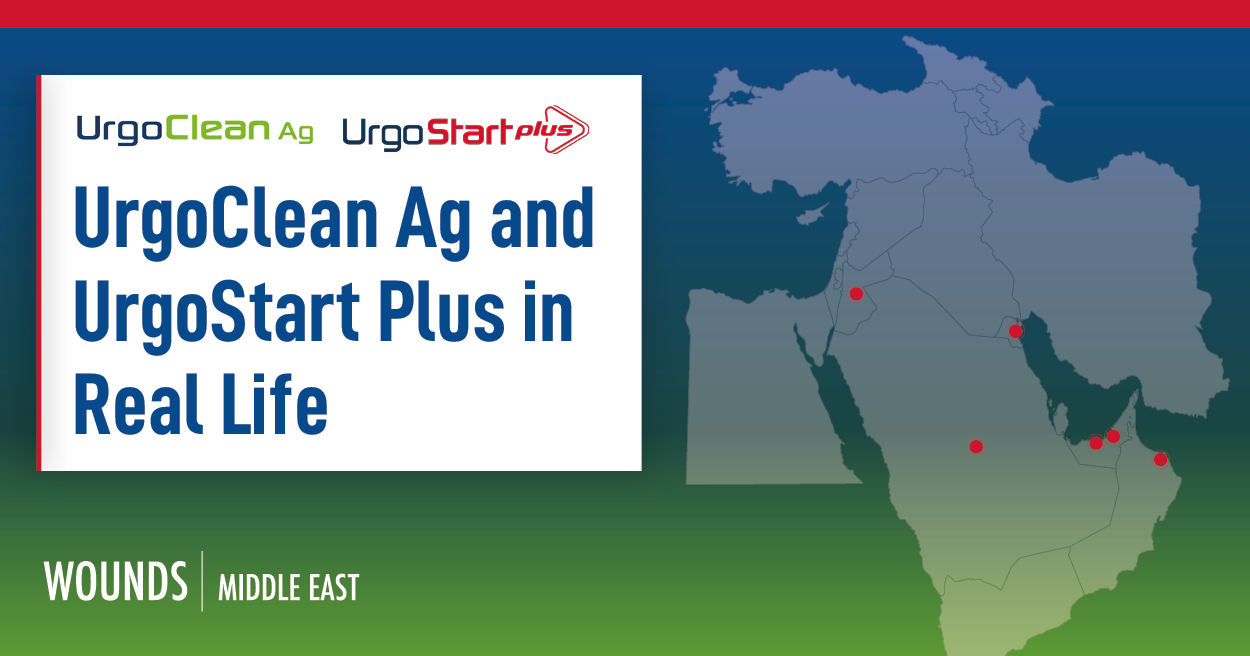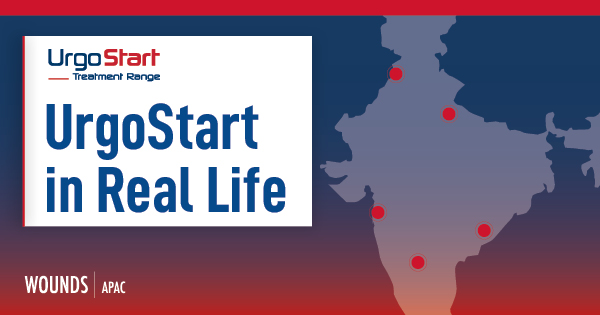Venous leg ulcers (VLUs; also known as varicose or stasis ulcers) pose significant challenges to patients and healthcare systems: they are the most common type of leg ulcer, costly to manage, recurring, and may persist for months or years (Harding et al, 2015). This can significantly impact patient quality of life, leading to depression, anxiety and social isolation. Other issues associated with VLUs that can negatively impact on quality of life include the following:
- Pain
- Leaking exudate
- Odour
- Restricted mobility
- Sleep disturbance
VLUs are due to increased pressure within the veins of the lower limb caused by chronic venous insufficiency (CVI). This most commonly occurs because of damage to the valves in leg veins, as in varicose veins, or as a result of venous thrombosis (Harding et al, 2015). Compression therapy is considered the gold-standard treatment for lower limb ulcers, which are a growing concern — with approximately 1.5% of the adult population in the UK affected by active leg and foot ulceration (National Wound Care Strategy Programme [NWCSP], 2020). The NWCSP (2020) lower limb stream has stated that compression therapy is a vital consideration in all lower limb wounds unless specific red flags are present, and that all those presenting with a lower limb wound should receive compression therapy as soon as possible.
The two main principles underpinning how compression therapy works to alleviate CVI (Wounds International, 2013; Vowden et al, 2020):
- Creation of an enclosed system that allows internal pressures to be evenly distributed in the leg
- Variation of interface pressures according to limb shape and tension of bandage applied, which will be influenced by the bandage.
Compression treatments usually consist of compression hosiery, hosiery kits, bandaging and wraps; however, selection of appropriate compression modes and materials will depend on the results of the individual assessment. Findings from a holistic patient assessment should include elements such as limb shape and size, presence of edema, size of the ulcer and patient capability and willingness to engage in their own care.
Other factors to consider for successful compression therapy are the etiology of the underlying disease and the patient’s ability to tolerate and use compression effectively as part of their daily routine. Taking into account patient comfort and exudate management are also important factors to be aware of.
3M™ Kerramax Care™ Super-Absorbent Dressing and 3M™ Coban™ 2 Two-Layer Compression System
Combination of the Kerramax Care Dressing and Coban 2 Compression System is designed to help clinicians and patients with the management of VLUs. The Kerramax Care Dressing is a super-absorbent dressing that absorbs and retains high amounts of wound exudate. The super-absorbent core also absorbs and retains bacteria (Thomas and Westgate, 2016) and matrix metalloproteinases, creating an optimal environment for wound healing.
The unique wicking layer evenly distributes fluid both horizontally and vertically throughout the dressing, utilizing the full absorption capacity whilst preventing bulking (Cotton, 2015; Rose, 2015). The Kerramax Care Dressing can be used as either a primary or secondary dressing under all forms of compression, folded or shaped to assist with patient comfort, and it is available in a wide range of sizes that can easily be wrapped around the underneath bandaging (Cotton, 2015).
The Coban 2 Layer Compression System is a two-layer compression bandage system that is designed to deliver therapeutic compression required for treating patients with VLUs. The Coban 2 Compression System is easy to apply and suitable for a wide range of patients (Vowden et al, 2011).
case study evaluations
In this supplement, eight cases are presented evaluating the clinical performance of the Kerramax Care Dressing and Coban 2 Compression System on various patients with VLUs being treated in different care settings. The cases are representative of a clinician’s everyday use of the Kerramax Care Dressing and Coban 2 Compression System.
The patient and wound condition were regularly monitored for clinical signs of improvement, such as reduction in wound size; improvement in wound bed tissue composition and improvement of the surrounding skin; level and consistency of exudate; pain; signs of infection; impact of the wound on patient quality of life and patient satisfaction with treatment.
Dressing and compression application (e.g. rationale for use, intended outcome, ease of application) and performance (e.g. evidence of strikethrough or leakage, wear time, exudate retention) were observed and any relevant additional treatment, referral and advice were also reported.
As with any case study, the results and outcomes should not be interpreted as a guarantee or warranty of similar results. Individual results may vary depending on the patient’s circumstances and condition.
Supported by an educational grant from 3M.





